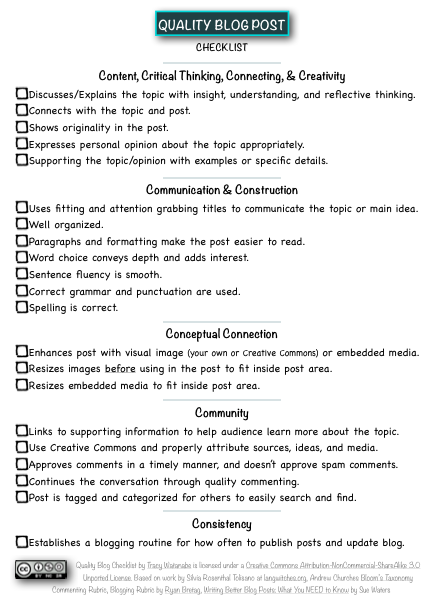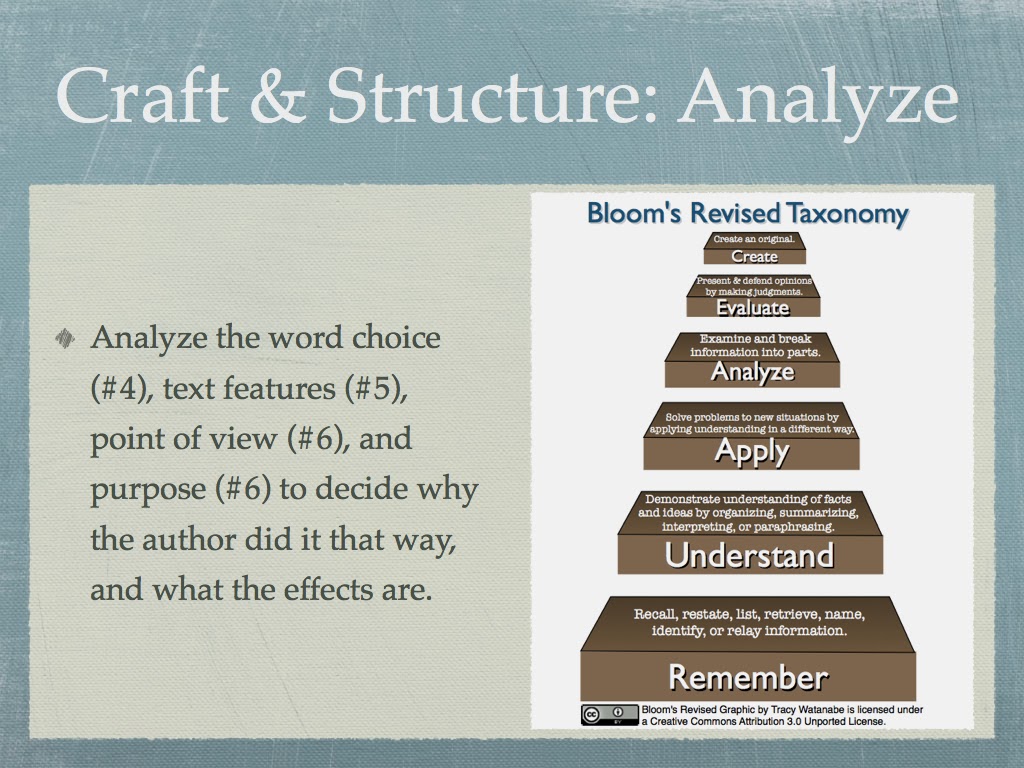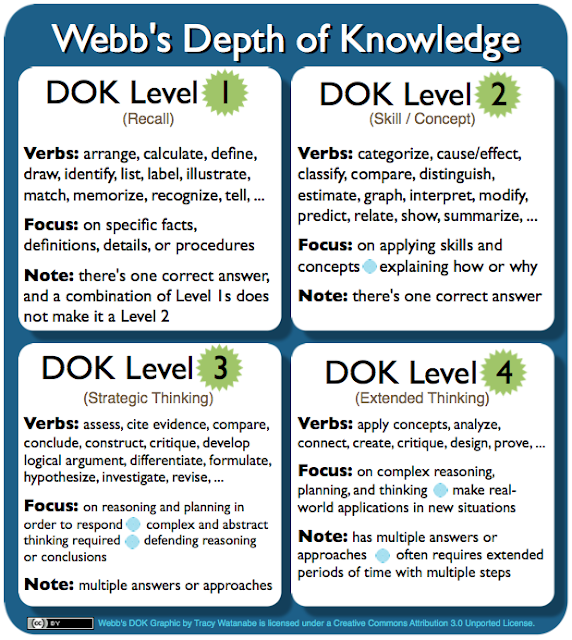STEM, PBL, Common Core, and 21st Century Learning
Solar exploration in Mrs. Hamman's 5th grade class
This STEM project was student driven. They researched problems and solutions on their own, and concluded that solar energy could help solve problems with purifying drinking water and eliminating the health hazards and environmental damage of cooking fires.
Here's an overview of their project, created by the students:
Listen to this insightful student reflection (also inside the Popplet above):
I loved how their reflection captured the authenticity of the learning driven by their interests, the rigor of the project, the relevance to them and others, their responsibility and commitment to their learning, and the insight gained from this PBL.
Water quality in Mrs. Goucher's and Mrs. Martinez' 4th grade classes
This was a collaborative project between two classrooms, capitalizing on each teacher's strengths while differentiating for the learners. The students explored the water quality at their school, and shared their learning via Glogsters as part of the Glogster Earth Day Contest.
Here's an example of one of the Glogsters made collaboratively between students:
What stood out to me is the collaboration between colleagues and students during this STEM project, while their learning was presented to an authentic audience. (Consequently, two of the posters submitted won prizes: Melissa"s/Jacob's and Nick's/Rudy's).
Lessons learned through Alka-Seltzer in Sandy Rollefstad's Chemistry and Sarah Harrison's Algebra classes
This STEM project turned into PBL about math in the real world. Through this experiment, students discovered how changing the surface area of the alka-seltzer affected the rate of the reaction. While the chemistry students were focused on the experiment, the algebra students were solving it mathematically.
This was a fabulous learning experience for both students and teachers. Listen to these teacher reflections:
Obviously some direct instruction was done along the way for both the chemistry students and the algebra students. However, the teachers chose a lab where they took the role of facilitators, and allowed the students to grapple with the critical thinking and problem solving collaboratively across content areas.
Furthermore, the teachers maximized this learning experience by providing time for students to reflect. During this reflection, the content came from students writing blog comments, solidifying their learning to such a high degree that students who were absent during the lab completely understood the key take-aways from it.
Other PBL
While we only had time to share three PBLs, there were so many other engaging, rigorous, and authentic PBLs that could have been shared, such as:
- Project Feeder Watch, the AzTEA CenturyLink Grant winner, by Gina Fraher and Julia Goucher, and
- Vermicomposting as an environmental solution in Amber Moore's classroom.
STEM, PBL, Common Core, and 21st century learning
While they shared with the Board, I realized that most of our PBLs were also STEM projects and addressed the shifts in the Common Core. Even though there were definite shifts with the Common Core standards, I see equal shifts with becoming a 21st century, student-centered classroom.
I realized our 21st century teachers were such strong experts with their content, they structured class time to allow students to discover how those standards were part of our world and our lives. This required a balance between direct instruction and facilitation, and it required an incredible amount of collaboration between colleagues and their PLN.
It was rewarding to end the school year with a few students and teachers sharing the awesome learning taking place in our classrooms!
- As you reflect on your school year, what wins and celebrations can you share about the learning in your classroom/district? What new goals will you set for next year?
- What overlaps do you see between STEM, PBL, Common Core, and 21st century learning?
- How does authentic learning look/sound like in your classroom/district?
- How else does this post connect with you?



To be a part of a district that fosters an atmosphere that allows us as teachers to be creative and explore many opportunites to engage and enrich our students is such a privilege. Thank you for your kind words and I hope that Ms Harrison and I can push this collaborative effort even further int eh coming school year.
ReplyDeleteHi Sandy,
DeleteI loved how you and Ms. Harrison embraced innovation by risking what you knew was true and tried for something that was unknown. Your students shared what a fabulous learning experience this was, and how they got so much more out of it by working collaboratively across the disciplines. They realized how grappling with it in a real situation made them critically think through how to use what they learned, and they had to persevere to solve what was asked of them. Thanks for taking a risk, it was well worth the results!
Kind regards,
Tracy